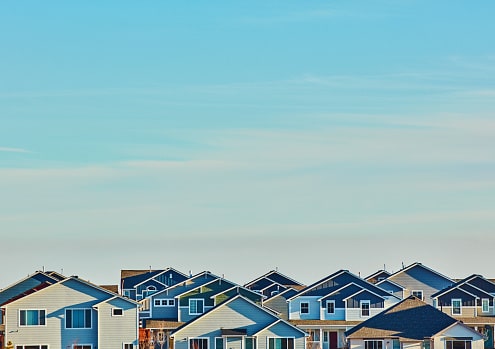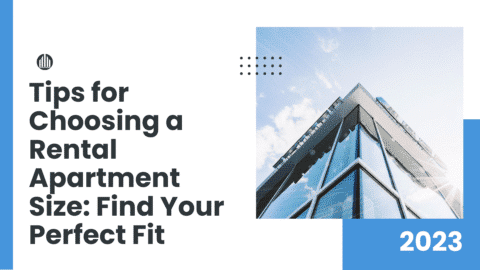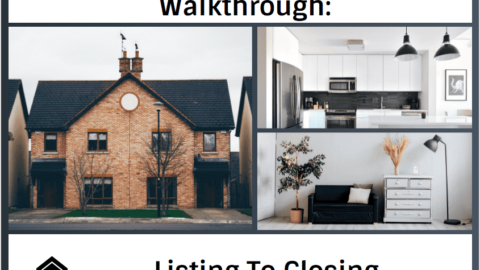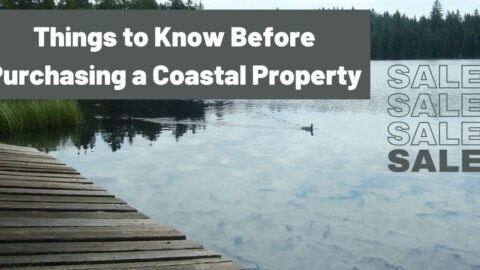Understanding the Basics of Cap Rate in Real Estate Investing
Real estate investing can be a lucrative way to build wealth and financial security, but it’s important to understand the risks and rewards involved before taking the plunge. Investing in real estate isn’t for everyone and it’s important to do your due diligence and research the market before getting started. And this includes understanding the basics of cap rates. Keep reading to learn the cap rate real estate basics and how to calculate cap rate in real estate investing.
Table of Contents
1. Understanding What Cap Rates Are

2. The Components of Cap Rates
Real estate investing can be a great way to build wealth and generate income. One of the most important concepts to understand as an investor is the cap rate, which is also known as the capitalization rate. A cap rate is a metric used to evaluate the potential return of an investment property. The higher the cap rate, the more attractive the investment.
To understand what a cap rate real estate is and why it is important, it is important to understand the components that make up a cap rate. The first component is the net operating income. This is the amount of money that an investment property generates after all expenses are paid. This includes mortgage payments, property taxes, insurance, and other operating costs. The second component is the purchase price or market value of the property. This is the amount of money that the investor pays for the property. It is important to note that the market value of a property can be different than the purchase price. For example, if the purchase price is lower than the market value, the cap rate will be higher.
3. Factors

Many factors can influence cap rates and make them either more or less attractive. It’s important to understand what these factors are and how they can affect cap rates before making any real estate investment decisions.
- Location: Location is one of the most important factors that can influence cap rates. The most expensive properties are located in areas with strong economic growth, low unemployment, and good transportation infrastructure and are likely to be more desirable and therefore generate higher cap rates.
- Property Condition: The condition of the property is also an important factor that can affect cap rates. Properties in good condition are likely to attract more tenants and generate higher cap rates. Conversely, properties in poor condition may generate lower cap rates.
- Property Type: The type of property can also have an impact on cap rates. Properties such as apartments, office buildings, and retail centers tend to generate higher cap rates than properties such as single-family homes and land. This is because these types of properties tend to generate higher rental income, which increases the cap rate.
4. Calculating the Cap Rate of a Policy
The cap rate of a property is calculated by dividing the policy’s current cash value by the policy’s face value. The result of this calculation is the cap rate of the policy. The cap rate is useful in determining the overall performance of a policy and can be used to compare different policies and evaluate them for investment potential. And this rate can determine the amount of money the policyholder will receive from the policy when it matures. The cap rate is calculated by subtracting the policyholder’s current cash value from the face value of the policy. This amount is then divided by the face value of the policy. The result of this calculation is the cap rate of the policy.
Overall, understanding the basics of cap rates in real estate investing is vital for ensuring a successful and profitable investment. Knowing how to analyze and interpret cap rates can provide investors with valuable insight into the value of a property and the potential return on their investment. As such, it is an essential tool for any real estate investor.
How Can These Rates Change?
Altering the capitalization rate (cap rate in real estate) with the intention of increasing the value of the property is in reality one of the goals of REPE investors. Compressing cap rates is a process that involves acquiring a property for at or below market value and renovating it to boost the overall NOI. This can work with an increase in rental income or by simply “value-adding” and undergoing renovations to raise the property value. We can refer to this process as “compressing cap rates.”
Two distinct groups of cap types as follows:
Entry Cap Rate, also known as “Going-in Cap Rate,” is the capitalization rate or passing yield at which an investor may purchase a property prior to making certain modifications, either to the property’s running performance or by renovating or otherwise upgrading the property’s physical appearance.
Exit Cap Rate refers to the cap rate at which the investment property is refinanced in order to be sold. This results in the realization of a capital gain. It is not unheard of for seasoned sponsors to underwrite a capitalization rate growth in such a way that the predicted exit cap rate is higher than the entrance cap rate on acquisition.
To account for uncertainties that may pertain to an individual property or cap rate in real estate, future capital expenditures not in the pro forma. And other factors, the cap rate typically extends by around 5bps (.05%) every year.
Although this will provide a general picture of the anticipated profitability of the venture, investors will often closely evaluate the link between the going-in cap rate and possible exit cap rate.

Victor Z Young is a Civil Engineer with 35 years of experience working alongside the executive team of various construction companies. Victor specializes in construction insurance, delay analysis, performance analysis and engineering. He holds a Doctor of Project Management from Northwestern University.










